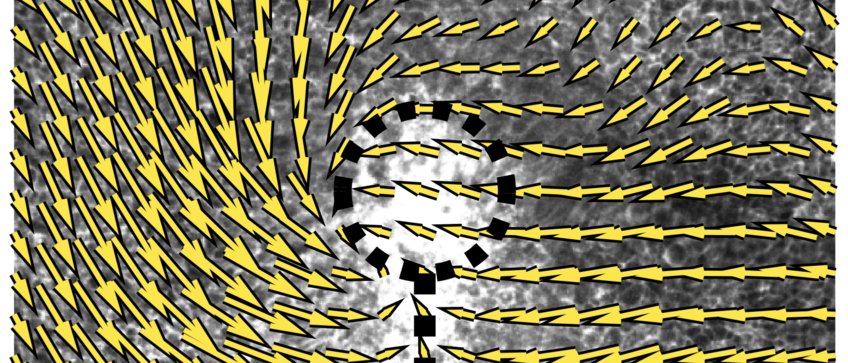
Biological Physics
How cells form tissues is a problem of emergence, specifically, how resilience, robustness, and precision emerge from molecular interactions and are propagated across scales. Emergent properties exhibit similar physical and mathematical principles regardless of the scale. Unraveling these principles is the holy grail for achieving a multiscale understanding of the biological principles governing tissue and cell organization. Biophysics, both experimental and theoretical, are a central area of scientific inquiry of our IMPRS. All biological systems are formed of matter obeying physical principles and laws. Identifying and understanding these underlying principles and the boundary conditions that govern biological processes is a requirement to gain a systems level understanding of the emergent properties of biological systems. Biophysics plays a pivotal role in bridging the gap between the quantitative molecular work and large-scale features such as tissue morphogenesis
In the IMPRS, theoretical and experimental biophysicists work closely with chemists, biologists, computer scientists and mathematicians not only to describe the physical principles of living matter but also to develop novel physics and theoretical frameworks that improve our understanding of biological systems at the scale of molecules, cells and tissues. Our research in this field focuses on the following specific areas of interest:
- Physics of the cytoskeleton, cells and tissues
- Collective dynamics of cells
- Self-organization of biological structures
- Biophotonics
Like all of our disciplines, groups on this thematic are collaborative, but can have different insitutional home bases such as MPI-CBG, the Center for Systems Biology Dresden (CSBD), and the Max Planck Institute for the Physics of Complex Systems (MPI-PKS). The groups work on statistical physics, dynamical systems theory, optics, and continuum mechanics, Experimental groups not only employ but also develop further technologies to uncover biophysical principles. These include fluorescence spinning disk microscopy, light-sheet microscopy, single molecule experiments, micro-manipulation, or laser ablation.
Our research is embedded in the collaborative environment of MPI-CBG, the Center for Systems Biology Dresden (CSBD), and the Max Planck Institute for the Physics of Complex Systems (MPI-PKS). Do to truly world-class research in biophysics requires combining it with the other fields covered by our IMPRS program — especially Biology, Molecular Condensates and Mathematics, Computing and AI.
Research Group Leaders Involved
The research group leaders (RGLs) principally involved in Biophysics include Alexander von Appen • Fridtjof Brauns • Stephan Grill • Pierre Haas • Tony Hyman • Frank Jülicher •Christinza Kurzthaler • Rita Mateus • Carl Modes • Marko Popovic • Jonathan Rodenfels • Ivo Sbalzarini • Michael Weber
Click Here for the Full List of Research Groups & Fields!

Stephan Grill: "How does the expenditure of ATP fuel self-organized structure formation in living matter? How do regulatory chemistry and mechanics couple to generate dynamic patterns? These questions lie at the heart of how structure and form emerge in living systems. Finding the answers needs an interdisciplinary approach combining biology, physics, chemistry, computation, and mathematics.
The key strength of our campus perhaps lies in 25 years of experience successfully pursuing research that truly bridges disciplines, combining theory with experiment, and drawing on the emerging field of active matter physics as a unifying framework."
